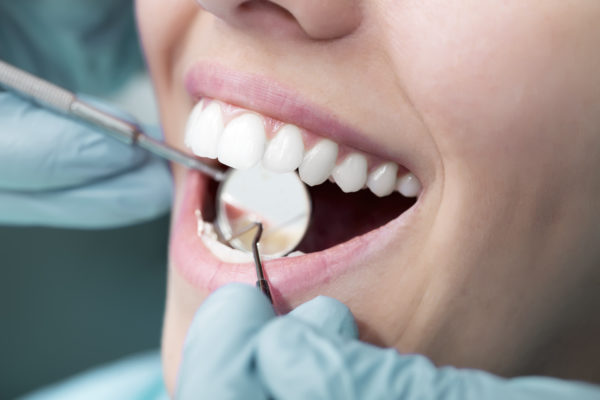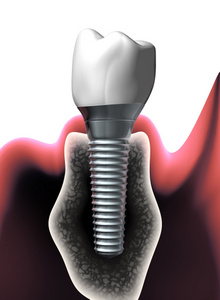In recent decades, dental implants have become the new standard for long-lasting restorative dentistry. While recent technologies and techniques make this treatment option one of the most advanced treatments available, the concept of replacing missing teeth with prosthetics is nothing new.
In civilizations across history, people have used a variety of materials to fill the gap left by missing teeth. Let’s quickly trace the ancient history behind dental implants across the world:
China, circa 2000 BC
Chinese carve bamboo into short, tooth-like pegs to replace missing teeth.
Ancient Egypt, circa 1000 BC
Precious metals like copper are molded into “teeth” to replace missing teeth in the recently deceased.
Mediterranean Basin, circa 500 BC
The Etruscans, an ancient trading civilization, carve replacement teeth from oxen bones. Across the Mediterranean Sea, the Phoenicians use gold wire as a means of stabilizing loose teeth damaged by gum disease.
Roman Empire (Britannia and Gaul), circa 300 BC
Intricately carved teeth and pins made from iron and gold become the preferred method of replacing lost teeth in a stylish manner.
Worldwide, 50 BC
Animal teeth are used in a primitive graft-like procedure to replace missing teeth. Archaeological digs also show that wealthier citizens would purchase human teeth from slaves and poor people to replace missing ones in their own smile.
Mayan Civilization, around 600 AD
Radiographs taken of ancient Mayan jaws show this ancient group used pieces of shells to replace missing teeth. These radiographs, taken in the 1970s, show that these primitive dental implants exhibited signs of limited osseointegration. About 200 years later in present day Honduras, archaeological digs showed signs of stone implants being placed in the jaw.
Worldwide, 1500-1800s
Human teeth from cadavers and the poor are the go-to solution for missing teeth. However poor surgical conditions and lack of follow-up care lead to failed implant attempts.
Early 1900s – 1930s
Dentists and surgeons alike begin experimenting with other materials, metals, and designs in an effort to improve dental implant success rates.
Sweden, 1952
Swedish dentist Dr. Per-Ingvar Brånemark discovers how blood flow affects bone healing and puts this knowledge towards dental implants. Fifteen years later, Dr. Brånemark performs the first titanium dental implant surgery in a man with jaw deformities.
Thanks to these milestones in implant dentistry, patients today can enjoy a long-lasting and highly effective tooth replacement. To learn more about how modern dental implants can improve your oral health, contact our team today!



